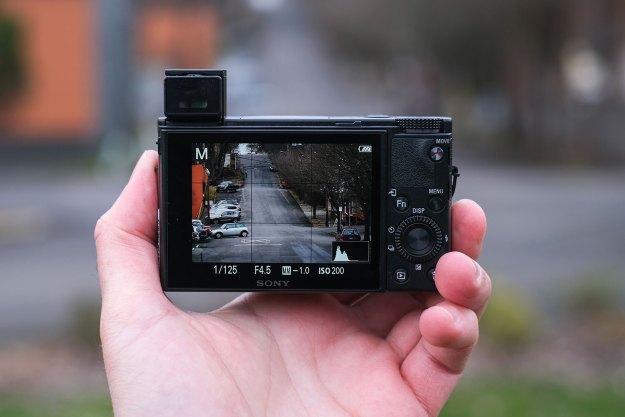
“Ultra-zoom” capabilities are currently all the rage in the consumer compact digital camera market. But does that mean a compact camera with a 26X optical zoom is a good bet for you? Quite possibly. Ultra-zoom technology has come a long way in the last two years, and later we’ll show you some of today’s best models. However, there are a few tradeoffs you need to consider before you jump onto the ultra-zoom bandwagon.

Moreover, unlike an SLR, where the lenses are generally of much higher quality and can be swapped out to suit the situation, compact camera lenses are fixed. In other words, you’re stuck with the lens that’s built onto the camera. And the fact of the matter is that many compact camera lenses that feature lengthy telephoto distances generally aren’t physically capable of “opening up” sufficiently at the other end of the spectrum to deliver a truly satisfying wide angle. And a spacious wide angle is important because it better captures the world the way we as humans perceive it. As an analogy, think of a 4:3 versus a 16:9 TV set. In the end, it’s important to note that, contrary to current marketing and hype, the camera with the largest zoom doesn’t always win the “best photograph” contest.

Editors' Recommendations
- Nikon sale: Get up to $700 off select Nikon cameras and lenses
- How to use (almost) any camera as a webcam for Zoom and more
- 5 reasons I love the Leica M11 camera and 5 reasons I don’t
- The best full-frame cameras
- The best mirrorless cameras


